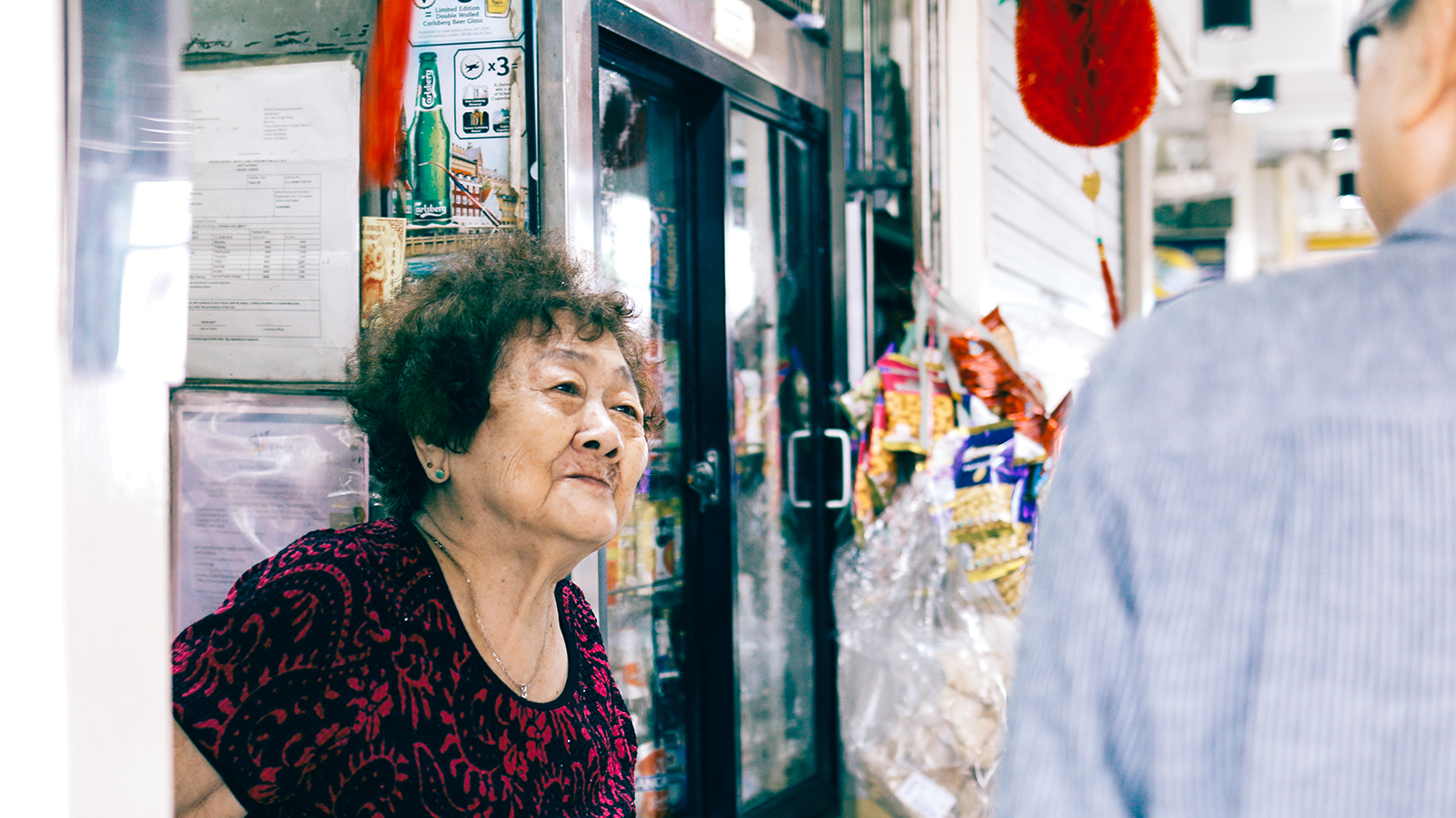You get plenty of laughter and, of course, a history lesson in the changes that their neighbourhood has undergone since.
Childhood playmates David Choo and Kalidass SKS lived two doors away from each other at Syed Alwi Road in the 1950s. The pair grew up together, but lost touch when Kali and his family moved to a public housing flat in the 1970s.
Three years ago, Kalidass chanced upon Choo’s profile on Facebook and sent him a message to reconnect. They exchanged phone numbers and chatted online sometimes, but the stars never aligned to make a meet-up happen.

Having found out about their long-overdue reunion (and to help them celebrate their three-year Facebook friendversary), The Pride facilitated a gathering at Berseh Food Centre at Jalan Besar, where another Syed Alwi Road alumnus, Madam Teow Liang Hua, now operates a drinks stall. It’s a fitting location, considering its proximity to their old ‘hood.
Seeing Choo, now 64, Kalidass, 66, and Madam Teow, 80, greet one another so warmly, you’d hardly think it’s been over 50 years since they last laid eyes on one another.
Other stories you might like
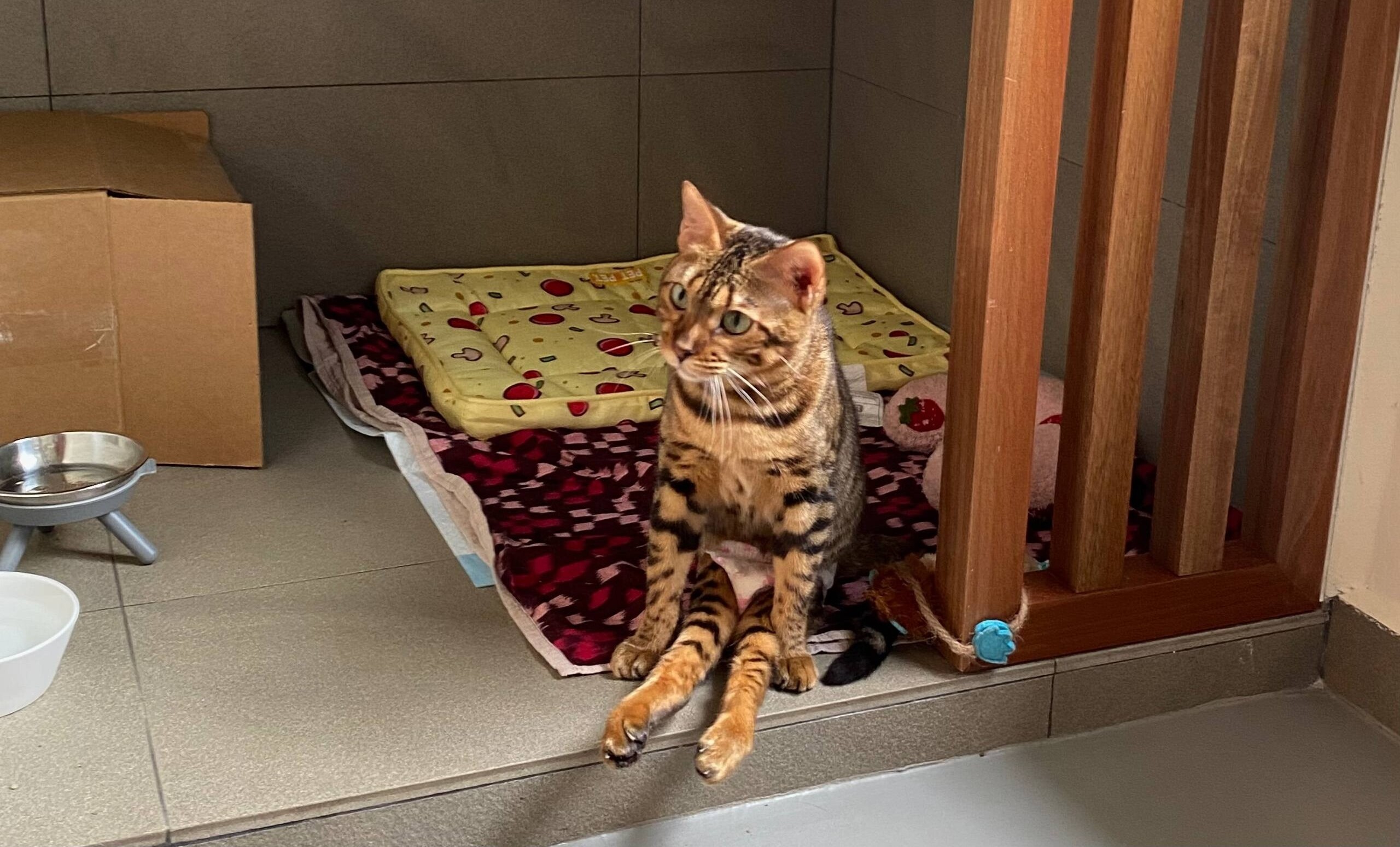
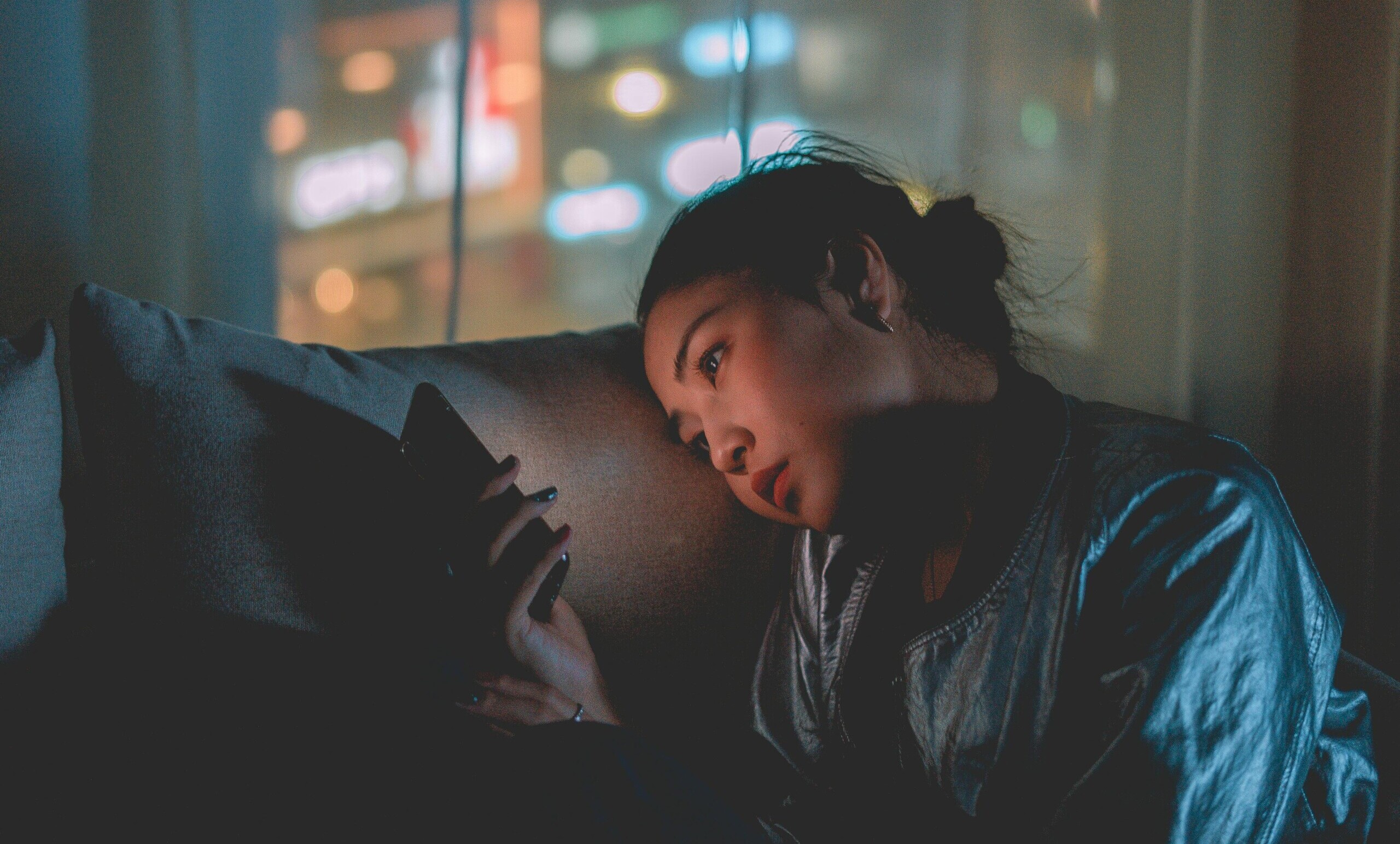
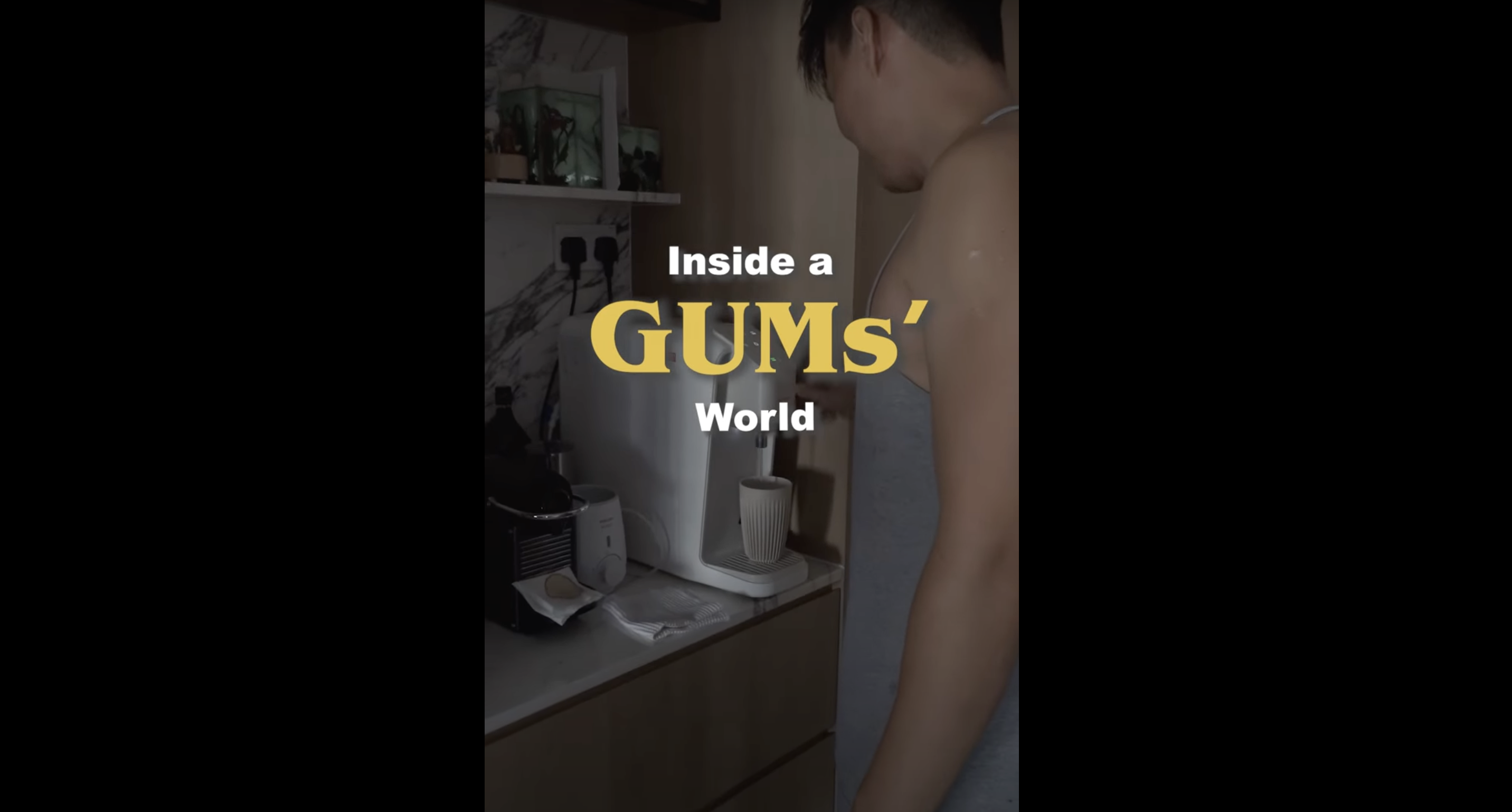
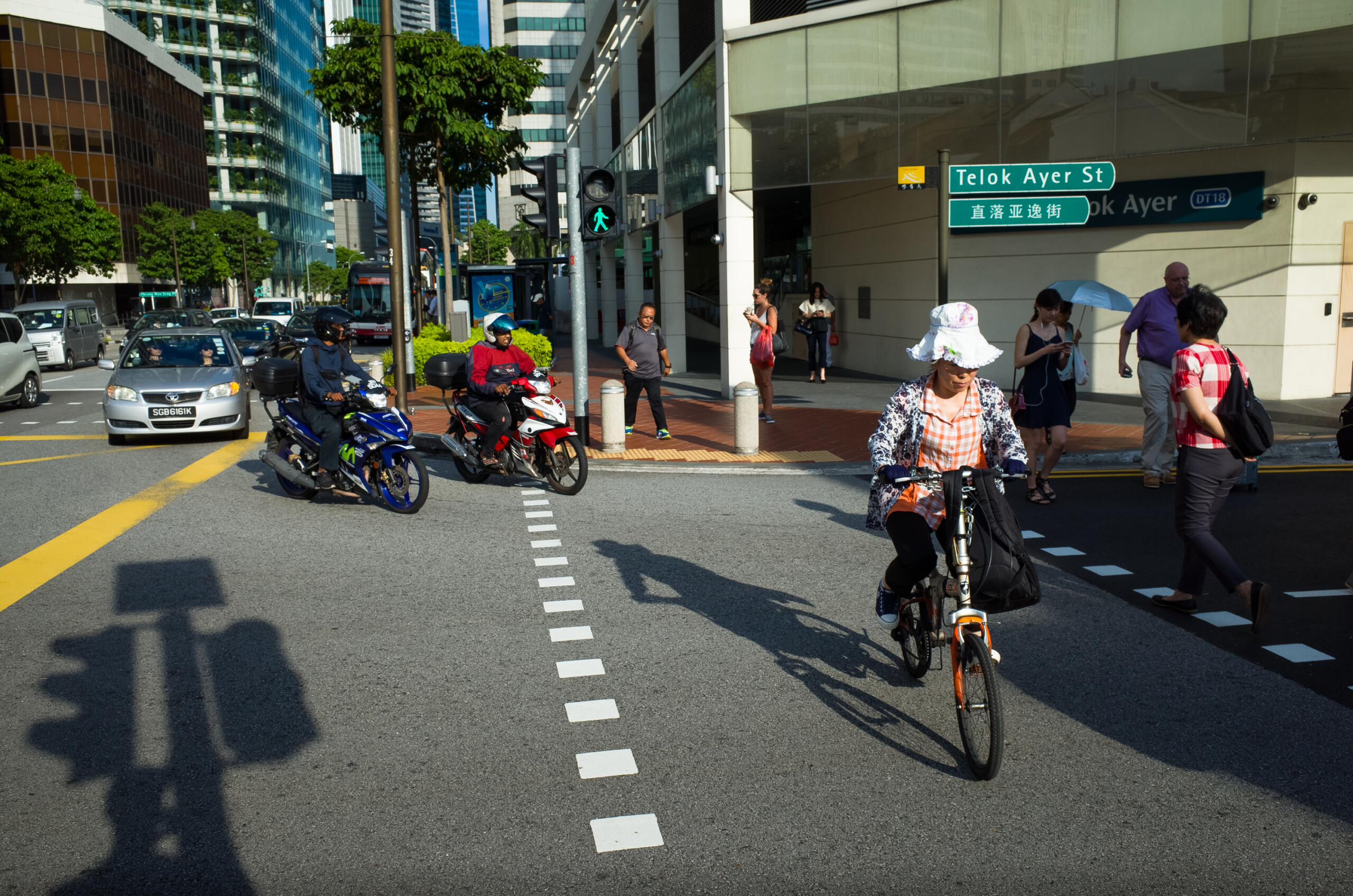
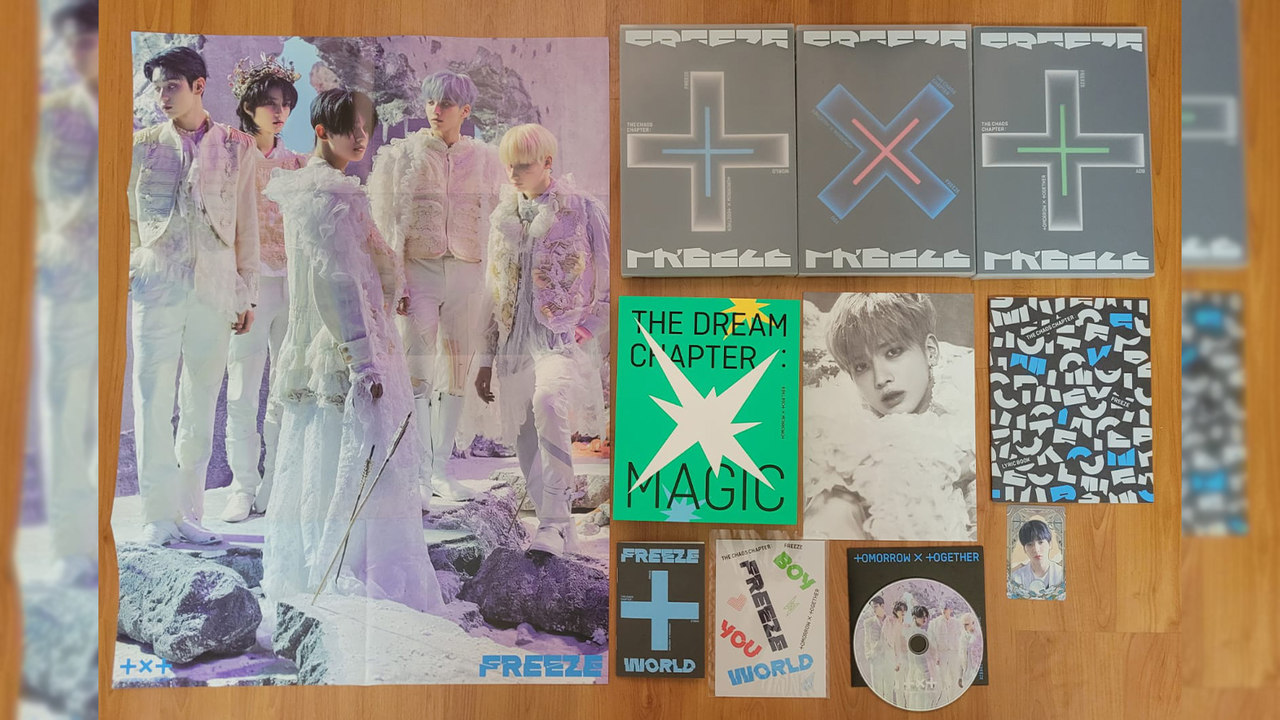

Amid excited chatter in Hokkien, Mdm Teow shuffled into her stall to make us a round of drinks, as Kalidass invited us to try his homemade vadaii. Jokingly, he said: “Some people say my vadaii is good in Singapore, some say it’s good in Batam, but I say it’s good only in JB. You know what JB stands for? Jalan Besar!”
We laughed; already, it seemed like a merry gathering of old friends.
In between mouthfuls, they caught up on the usual: How has life been, what are you up to now, how is your family doing?
Suddenly, Kalidass remarked: “Now that I think about it, I can’t imagine how we used to communicate when David and I first met. His family was Cantonese and he was Chinese-educated, while my family is Indian and we spoke no English back then!”
Related article: 5 ways to become the hero that your neighbourhood needs
Yet, somehow they understood each other and, together with their siblings, “terrorised” (Kalidass’ word, not mine) Syed Alwi Road as The Robin Hood gang – which consisted of Kalidass, Choo, Choo’s elder brother “Big John” (hence the group’s moniker), and Kalidass’ late younger brother, Raju.
A bond that transcends language

Growing up, the younger, more studious Choo looked up to the street-smart and precocious Kalidass, and emulated much of what he did, from his hairstyle of choice (long), to his taste in music (Bee Gees) and choice of hobby.
Kalidass recalled: “I was once arrested for keeping long hair (a ban on long hair was effected in Singapore in the 1960s), and I think David’s parents were worried that I was a gangster!”
With a laugh, Choo replied: “Oh yes, I remember keeping long hair because of you. Did you know, in secondary school, I sort of idolised you? When the essay you wrote got published in Student World (a student magazine popular in the 1980s), I copied it out and studied it to get better at English.”
The admiration was mutual, as Kalidass quickly returned the compliment, praising David’s tenacity in improving his English and later becoming an architect.
As teenagers, the pair bonded over music.
“David’s dad bought him a piano, so my siblings and I would gather at his house and bang around on the keys. He’s got a really good ear for music and only needs to listen to a song a few times before telling me all the chords. We didn’t have songbooks to refer to then,” said Kalidass.
Related article: Who says the kampung spirit is dead?
At that point, another youthful memory came back as he went off tangent for a bit: “Also, we never needed a watch when we played together because David’s mother would serve as one. At 6pm, she would yell ‘Kwong Wah, sek fan’ (“eat rice” in Cantonese) and at 9pm, it would be ‘Kwong Wah, fan gao (“sleep” in Cantonese). We all just followed his timetable!”
As the boys grew older, they took an interest in more mature pursuits, like photography and making mixtapes.
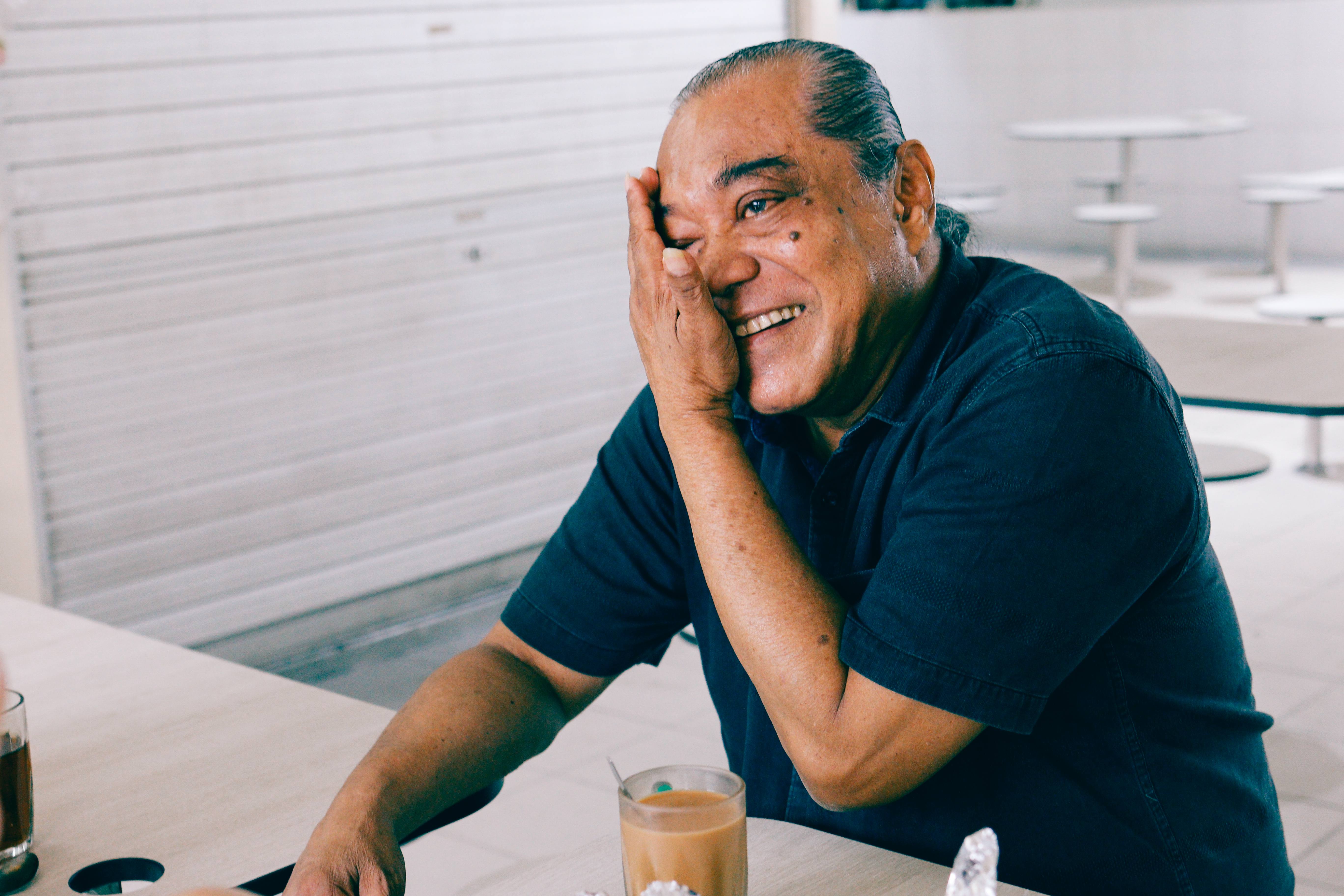
Back then, twin lens cameras were all the rage, and both got their hands on a Yashica twin lens vintage camera. According to Kalidass, they were “taking selfies before selfies were even a thing”.
They went on to reminisce about how their photos would turn out with only half a face in it, and how they had to use toilets as their dark room when developing film. Montages were made by manually layering one film upon the other and, when making multi-track recordings, they had to first play one instrument, then the other.
Taking a break from her duties, Madam Teow came over and they promptly picked up where they left off.
Fond memories of 25-cents auntie
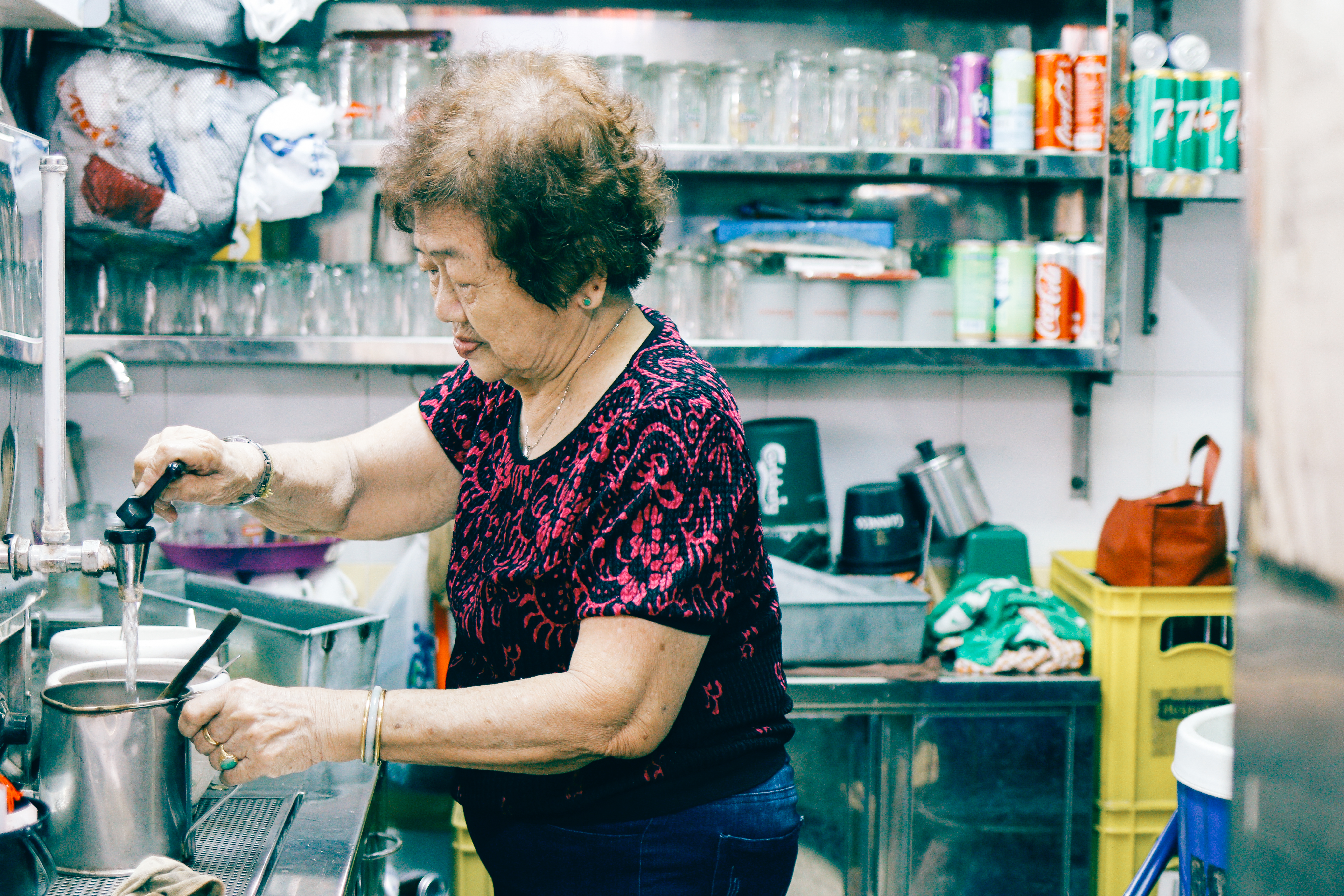
Madam Teow first met Kalidass and Choo in 1962, as a hawker peddling drinks along the five-foot-way of the shophouses where they lived.
Why do you call her 25-cents auntie, I asked curiously.
“Because that’s how much her drinks cost last time!” Kalidass guffawed.
Many years later, when Mdm Teow had settled at Berseh Food Centre (which used to be an abattoir, Kalidass informed me), he recognised her and called out “25-cents!”, and that’s how they reconnected.
From then, Kalidass would pop by the food centre occasionally to visit Mdm Teow for old time’s sake.
“They were always running around, playing outside my shop every day, although Kali’s younger brother, Raju was the naughtiest!” she said with a chuckle.
As they spoke, Mdm Teow revealed that she now lives alone, and that one of her four sons had died in a car accident years ago. She has three remaining sons and a daughter.
After a moment of silence, she asked Choo: “Didn’t you have sisters, too?”
Three younger ones, he replied, along with an elder brother.
“Ahh, yes – him, I remember because he was older,” said Mdm Teow. “And what about your parents? Gone, I suppose?”
Both men nodded and, for a while, all three were lost in thought.
Memories last forever
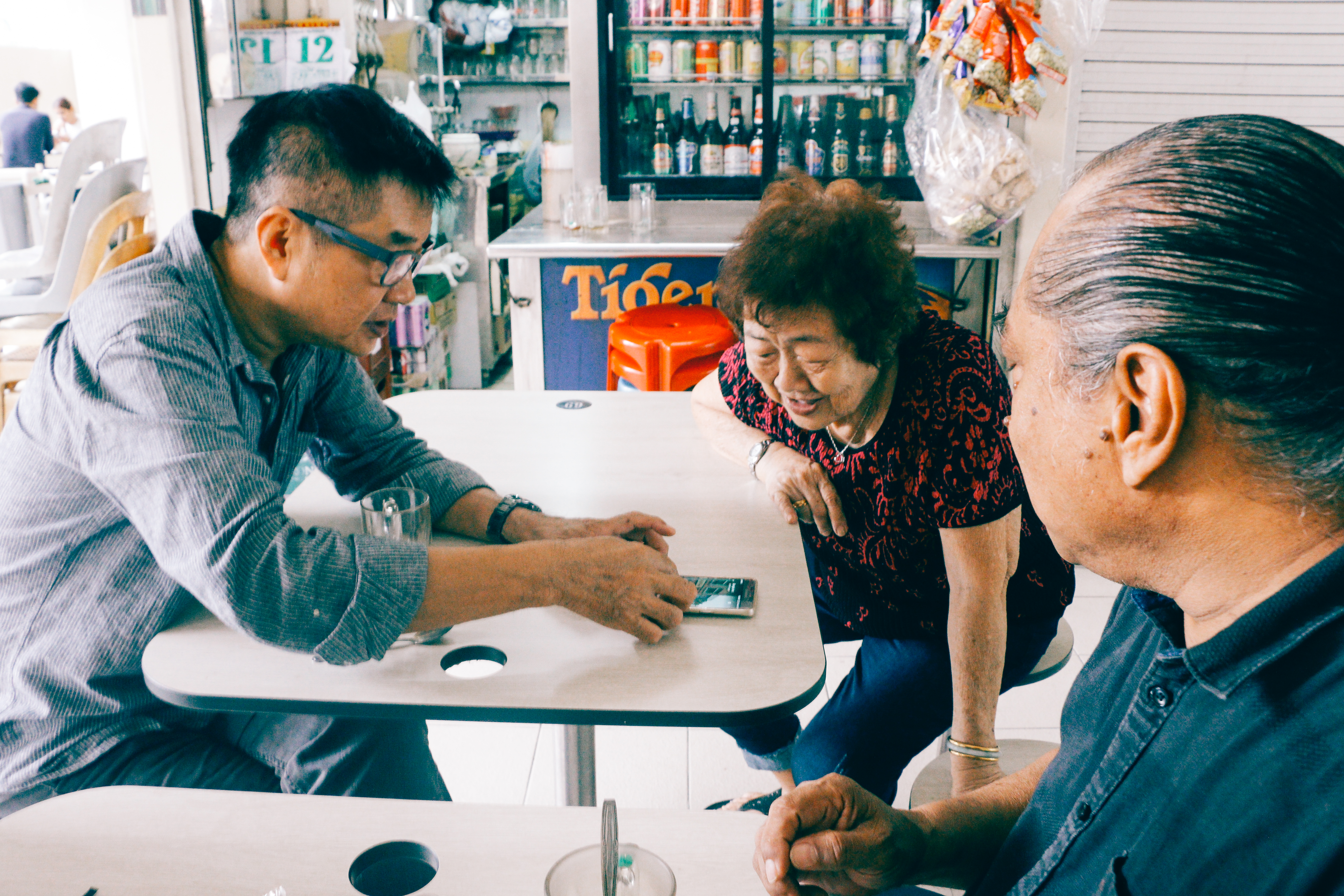
Abruptly, Choo whipped out his mobile phone and started typing something. When he’d found what he was looking for, he turned eagerly to Mdm Teow and pointed out an image of Syed Alwi Road on Google Maps.
Along with Kalidass, they stared at the screen, listening intently as Choo explained where their old houses used to stand – his own father’s dentistry clinic at No. 79, the hairdressing salon at No. 80, and Kalidass’ place at No. 81.
It was a heartwarming scene I was loath to interrupt. But I had a burning question, so I asked: “Why didn’t you try keeping in touch after you left the neighbourhood? Surely, you could have exchanged residential phone numbers?”
“Yes”, said Choo, “but it wasn’t something that was commonly done then. Also, that was around the time we started having our own circle of friends and colleagues from work. I always remembered Kali, I just never had a way to contact him.”
Related article: Jumbo Seafood restaurant staff go the extra mile for elderly customer’s birthday
Both Kalidass and Choo marvelled over the miracle of social media and how it had helped bring long-lost friends together, even though Choo now lives in JB (the other one, in Malaysia).
So, what’s next for them, I asked – Do they plan to stay in touch more and meet up more regularly?
Definitely, they replied unanimously. In fact, one of Choo’s sisters, who currently lives in Melbourne, is planning to return soon for a visit.
He added: “She’s got the memory of an elephant, so I’m sure she’d have more recollections of us. It would be nice to gather as many siblings as we can for our next catch-up.”
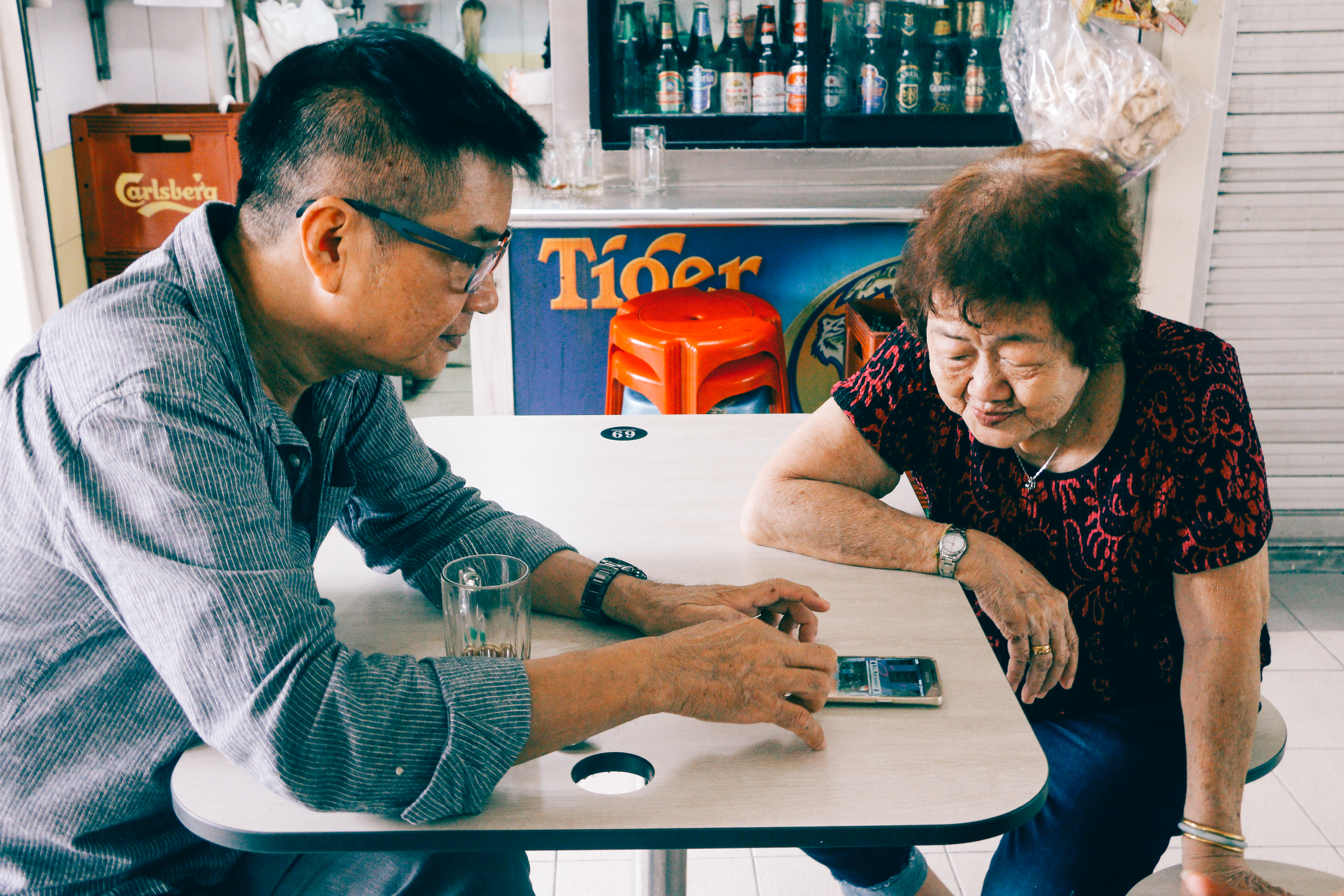
Before leaving, I asked a final question about why they felt such lasting closeness with one another, despite having lost touch for so many years.
The answer came easily: Kampung spirit.
“While we weren’t exactly a kampung , I think we all embodied that same spirit. For example, during the 1969 flood, all of us were quick to rally around one another. It was a really bad flood – houses were filled with mud and furniture were floating around the neighbourhood. Everyone chipped in to help move them back into the respective homes; we didn’t even need to ask whose they were, we just knew,” said Choo.
Kalidass agreed, adding that back then, “nobody talked about race or religion. They’d call me keleng kia (Indian boy), but without any racist intentions. Even today, if I see any of our old neighbours and they call me that, it makes me happy because it transports me back to the old days.”
